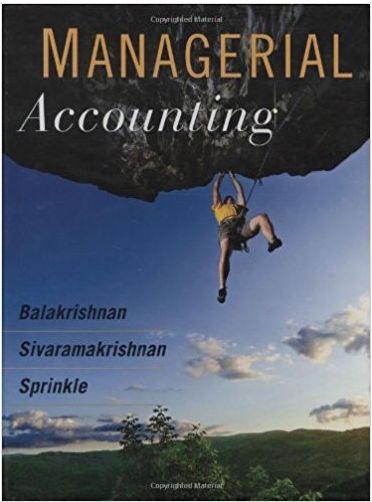Brad Timberlake is known throughout the world for his insights on effective and efficient time management. Brad
Question:
Brad Timberlake is known throughout the world for his insights on effective and efficient time management. Brad has authored several best-selling self-help books (also available in audio and video tape). In addition, Brad offers daylong seminars in major metropolitan areas. Brad has hired you (he does not have the time to do this himself!) to figure out if he should change the way he offers seminars.
Currently, Brad offers 35 daylong seminars each year at locations throughout North America, Europe, and Asia. The typical seminar is comprised of an initial talk followed by a break-out session in which participants complete worksheets that help them assess how they have been managing their time. After a coffee break, Brad critiques the “typical†worksheet and identifies the “time demons,†as he calls time-wasting activities. The chastised participants adjourn for lunch. After lunch, Brad offers tips and solutions for better time management. Participants then go back to their break-out groups and redo their worksheets. The grand finale is a comparison of a pre- and post-time allocation sheet from a “random†participant.
Each seminar lasts the better part of a day. The average seminar has 125 participants, each of whom pays a $400 fee. The variable costs (folder, worksheets, copy of Brad’s book, and food) amount to $75 per participant. In addition, setting up the seminar itself (the use of a hotel or convention center, hotel staff, and Brad’s travel expenses—he always travels first class) costs $20,000 per seminar. Finally, Brad pays a coordinator a salary $50,000 per year to organize his seminars and incurs $250,000 in fixed costs annually to maintain a central office and support staff.
The following table provides summary data for Brad’s seminars for the most recent four years (starting with the most recent year):
.png)
Brad is getting tired of the endless travel and is considering offering fewer seminars. In particular, Brad wants to do no more than 20 seminars per year. To keep up with demand (and to try to keep his profit at the same level), Brad plans to increase the size of each seminar so that the average seminar has 230, rather than 125, participants. Because each participant would receive less personal attention, Brad also plans to reduce his seminar fee from $400 to $350 per person.
Required:
a. Brad wishes to use the high-low method to estimate his annual fixed costs and variable cost per seminar participant. That is, Brad wishes to represent his total annual costs as: Total costs = Fixed costs + (Variable cost per seminar participant × Total number of seminar participants). Using the data from the past four years, estimate Brad’s annual fixed costs and variable cost per participant under the high-low method.
b. Using the cost equation you derived in part (a), what is Brad’s estimated annual profit associated with offering 20 seminars under the proposed format (i.e., 230 participants per seminar, with each participant being charged $350)? How does this profit compare to Brad’s current profit (i.e., 35 seminars under the current format)?
c. Not satisfied with your answer to part (b), Brad wants to dig a little deeper into the problem. On one of his trips, Brad learned about the cost hierarchy. (Brad excels at multitasking!) He asks you to classify each of his four types of costs (i.e., the variable cost per participant, seminar costs, coordinator’s salary, and central office) as per the cost hierarchy.
d. Your classification of Brad’s costs vis-à -vis the cost hierarchy leads you to reconsider your analysis in part (b). Taking a closer look at Brad’s costs, you learn that the change in the seminar format would not affect the per-participant variable cost, the seminar coordinator’s salary, or Brad’s central office costs. However, because of the increased enrollment, the cost of hosting each seminar would increase by $5,000 (i.e., from $20,000 to $25,000 per seminar). Using your knowledge of the cost hierarchy, what will Brad’s profit be if he switches to the new seminar format? That is, use the account classification method to estimate Brad’s profit associated with offering 20 seminars under the proposed format.
e. Do your answers from parts (b) and (d) differ? If so,why?
Step by Step Answer:

Managerial accounting
ISBN: 978-0471467854
1st edition
Authors: ramji balakrishnan, k. s i varamakrishnan, Geoffrey b. sprin





